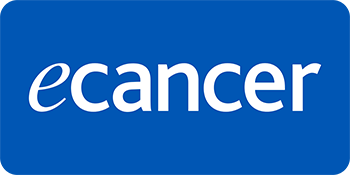Introduction: There are multiple dose fractionation schedules for palliative radiotherapy (RT) of patients belonging to incurable locally advanced head and neck squamous cell carcinoma (LAHNSCC), but none is accepted as standard of care. In this study, we have compared three palliative RT schedules: Quad shot versus Christie versus conventional.
Aim and objectives: To assess and compare the toxicity, tolerance and effectiveness of three palliative RT regimens for incurable LAHNSCC.
Methods: A total 105 patients were randomised equally 1:1:1 in 3 arms with 35 patients each. Arm A: 14.8 Gy in 4 fractions with 3.7 Gy per fraction in 2 fractions per day 6 hours apart for 2 consecutive days for 3 sessions at 3 weekly interval. Total dose was 44.4 Gy in 12 fractions over 6.2 weeks. Arm B: 50 Gy in 16 fractions over 3.1 weeks with 3.125 Gy per fraction with 5 fractions per week.
ARM C: 20 Gy in 5 fractions with 4 Gy per fraction with 5 fractions per week in 2 sessions at 3 weekly interval. Total dose was 40 Gy in 10 fractions over 3.5 weeks. All the patients were assessed pre RT, post RT and at 1 month follow up.
Results: All three arms had similar baseline characteristics 80% patients in arm A, 80% in arm B and 72% in arm C completed intended treatment. Drop out rate was 20%, 20% and 28%, respectively. Defaulters were excluded from the study. Mean ± standard deviation scores of individual domains of quality of life (QOL) (pre and post RT) have been calculated. Tumour response was partial in 92.8% patients of Arm A, 92.8% of Arm B, 96% of Arm C. Complete nodal response was seen in 71.4% patients of Arm A, 85.7% of Arm B, 60% of Arm C with Grade 3 mucositis observed in only 1 patient of Arm A and 4 patients of Arm B. Median overall survival was highest in Arm B, i.e., 6 months.
Conclusion: Statistically significant objective response and improvement in all QOL parameters, along with performance status, was observed in all the 3 arms. However, Christie arm patients had more symptomatic relief with better loco-regional control and prolonged overall survival as compared to other arms with acceptable toxicities. Therefore, as per this study, Christie schedule may be considered for adequate palliation of incurable LAHNSCC patients.






